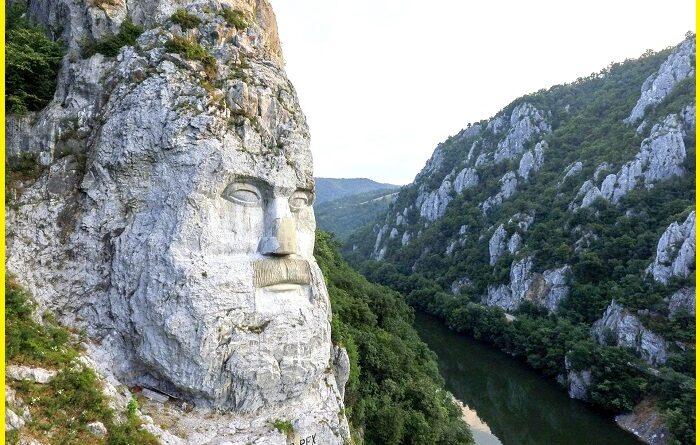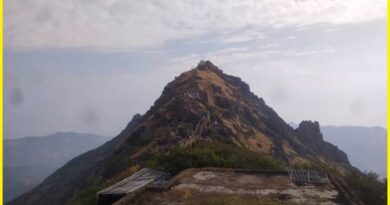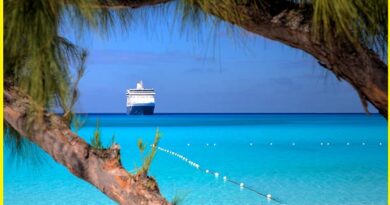Rock Sculpture of Decebalus-A Great Marvel at Romanian Riverside
Rock Sculpture of Decebalus Romania
The rock sculpture of Decebalus is a colossal carving of the face of Decebalus (AD 87–106), the last king of Dacia, who fought against the Roman emperors Domitian and Trajan to preserve the independence of his country, present-day Romania. The sculpture is located near the city of Orsova, in Mehedinți County. It was made between 1994 and 2004, on a rocky outcrop on the river Danube, at the Iron Gates, which forms the border between Romania and Serbia. The Dacian king’s sculpture is the tallest rock relief in Europe, at 55 m in height and 25 m in width. The carving is set a world record for being the World’s Largest rock sculpture on a river’s bank, according to the World Record Academy.

Rock Sculpture of Decebalus-Size and Shape
It Carving in the rock was commissioned by Romanian businessman Iosif Constantin Dragan and it took 10 years for twelve sculptors to complete it. The lead artist sculptor was Florin Cotarcea, from Orșova. The businessman explore the rock and finalized it in 1992, after which the Italian sculptor Mario Galeotti assessed the location and made an initial model. The first six years involved dynamiting the rock into its basic shape, and the remaining four years were devoted to completing the detail.
Under the face of Decebalus, there is a Latin inscription that reads “DECEBALUS REX—DRAGAN FECIT” which means King Decebalu-Made by Dragan. The carving was placed opposite an ancient memorial plaque, carved in the rock on the Serbian side of the river facing Romania. The gigantic work, now considered the tallest rock sculpture in Europe and the sixth largest in the world, depicts the head of King Decebalus and measures 43 meters in height and 25 meters in width.

The Sculpture is made in Kazan Gorge, where a small valley enters the Danube from the Romanian shore, and an enormous head is carved into the rock together with the Latin inscription. The Hillock, where the statue of the emperor carved is belong to the Mesozoic age, and the rock is limestone. The area is belonging to the Danubian Domain (Lainici nappe).
History of the Rock Sculpture
In comparison with the sculptures made on Mount Rushmore in the US whose realization lasted for 14 years (1927-1941), for that project working with over 300 alpine sculptors, the image of King Decebal took place for 10 years and 12 people worked. upon his achievement. No heavy machinery could be used, all working tools being transported by boat and bags of 40-50 kilograms in the back. From the base of the rock to the scaffold, the climbers-sculptors had to climb to the summit. The works took place between March and October of each year. An equally difficult and risky operation was handling the scaffolding. The working tools used by the sculptors- were the pneumatic hammer, the spigot, and the mud. During the summer, the rock warmed up in the sun, making the working conditions almost unbearable.
Iosif Constantin Dragan was a leading figure in the protochronism and Dacianism movements and nationalist ideologies who attempted to portray Romania as the major cradle of civilization. He identified Romania with the Dacians and an ancient Thracian empire that supposedly dominated central Europe. According to this ideology, Dacia, the pre-Roman name of Romania, was the inheritor of this Thracian culture, a view expounded by Dragan in his book and journal Noì, Tracii means We Thracians. Dragan saw the sculpture as a signpost to the cradle of civilization.
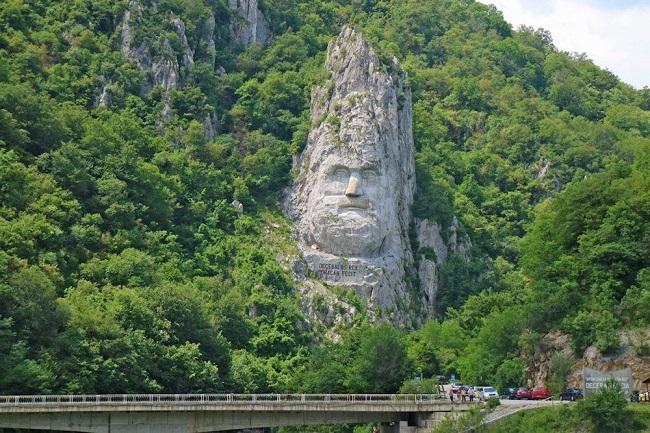
On the opposite bank of the Danube, in the territory belonging to Serbia, lies the Tabula Traiana, a memorial dedicated to the emperor Trajan. The memorial honors the numerous victories of the Roman army in the conquest of Dacia. In addition to its size, the sculpture of “Decebal Rex” is also striking for its position. It represents a great king who continues to dominate the borders of the land he defended until his death, as is seen from the lush vegetation-covered rocks.
Read More- The Heaven of Gorges-Karijini National Park Australia
Danube Gorge Day Trip from Timisoara
Visitors can accommodate in Timisoara and explore the South-Western part of Romania. See the most spectacular part of the Danube, the 2nd largest river in Europe. Enjoy the view of the largest rock sculpture in Europe -The Decebalus. One can also take the cruise on a small boat and see the stunning views of “The Couldrons” from the water. Excellent lunch in a restaurant on the Danube’s shore is the best to experience. The Bigar Waterfall is considered to be the most beautiful waterfall in the world and is a must-see destination.
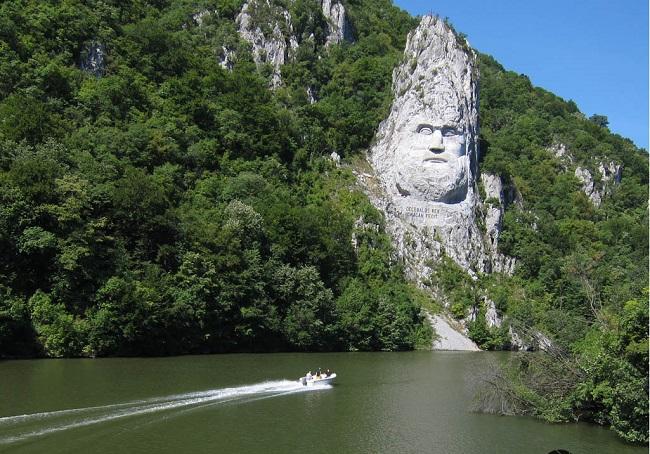
Experiencing the wild scenery along the Danube Gorge in southwestern Romania and visiting viewpoints along the gorge to see the landscape and its landmarks like the Decebal Statue is really amazing experience. Boat rides through the gorge are available during summer, between May and October.
How to Reach the Rock Sculpture
Visitors can reach from all around the world in Orsova, Mehedinti County Romania. From here the Rock sculpture of Decebalus is very near.
